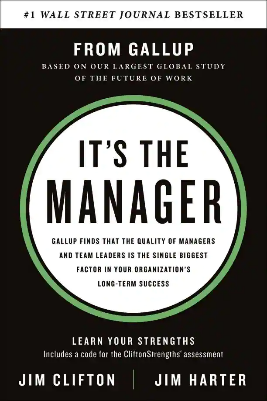
Excellent Service in Your Chiropractic Practice is Marketing
Here is a little exercise that can boost your new patients and improve the quality of your patient care. And create a little more excitement in the practice in the bargain.
First, let’s review a couple of wise words about marketing:
1. Jay Levinson, from his book Guerrilla Marketing.
Marketing is everything you do to promote your business, from the moment you conceive of it to the point at which customers buy your product or service and begin to patronize your business on a regular basis. The key words to remember are everything and regular basis.
2. Peter Drucker, Management: Tasks, Responsibilities, Practices (p68)
Marketing is so basic that it cannot be considered a separate function (i.e.,a separate skill or work) within the business, on a par with others such as manufacturing or personnel. Marketing requires separate work, and a distinct group of activities. But it is, first, a central dimension of the entire business. … Concern and responsibility for marketing must, therefore, permeate all areas of the enterprise.
What Levinson says is that marketing is EVERYTHING you do consistently.
Drucker says that while there are specific marketing activities, marketing is too fundamental to have its own department. It is a “central dimension of the entire business.”
Yes, there are specific marketing activities to help your chiropractic and healthcare practice, some of which you delegate to advertisers, such as Internet marketers. Larger offices hire field representatives. I have hired and trained practice marketers who effectively generated new patients from external activities.
However, most of your practice marketing comes from the actions you and each team member take in the office. This is true in ANY business, but especially in chiropractic or smaller independent healthcare offices.
A common misconception is that some vague or distant marketing department or advertising company takes care of marketing and is not a “central dimension” to each person’s job.
Every position in your office has a marketing component. It comes with the role of a team member. Doctor, front desk, billing and patient accounts, therapy, rehab, and anyone who is on the team, is a marketer.
So, where is the marketing department? It’s your entire office! Here are a few marketing activities each team member can do:
- Be genuinely interested in each patient.
- Honestly care for how each patient is doing.
- Do your very best with each patient with Present Time Consciousness.
- When and if appropriate, invite your patient to bring in a family member or friend for a scheduled consultation or event.
- Congratulate patients for any success.
Then, there is a list of specific marketing activities you can do: newsy newsletters, internal and external events to the office. You can find many of these suggestions on our blogs.
HEALTHCARE TEAM MEMBER MARKETING EXERCISE
In your team meeting, have each team member present at least two types of marketing actions they can do from their position every day.
Help them with this. If you have time, have your team practice their marketing procedure with each other.
As an added emphasis, consider that now that we are in the world of AI, real-life human interest and live communication is more valuable than ever. Believe it or not, one of your key marketing “niches” is just your plain ol’ non-hyped interest in the other person. Never fake that. In our ever-increasing sterile and digital world that is becoming more robotic, less human, and less spiritual each day, genuine human communication is more valuable than ever.
Don’t ask for where the marketing department is,
For it resides within thee!
Always selling health,
Ed
P.S. By the way, I left out telling jokes as a marketing action! One office up “nort” here in Wisconsin, I swear, generates new patients with the doctor’s Ole and Lena jokes! This may not be appropriate for your office though! (lol)
OLE AND LENA (A favorite!)
Ole and Lena got married.
After a beautiful ceremony and a fun but modest reception, they got in Ole’s car and headed out on their honeymoon.
When they reached Saint Paul, Ole put his hand on Lena’s knee.
Lena said, “Ole, we’re married now. You can go farder den dat.”
So Ole drove to Duluth.
========================
If your practice-building efforts aren’t taking you to your goals, there are reasons — many of which are hidden from you.
Find out what they are and how to sail to your next level by getting and implementing my book, The Goal Driven Business.

The Goal Driven Business
By Edward Petty






 Start the Day with Purpose
Start the Day with Purpose
















 Bravery is one of the themes of our practice manager training program.
Bravery is one of the themes of our practice manager training program.
